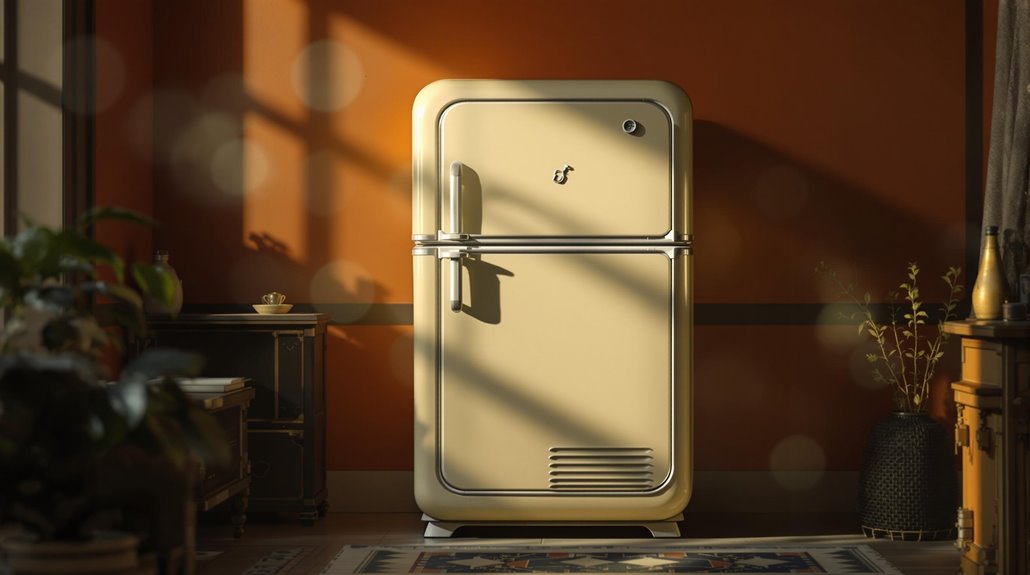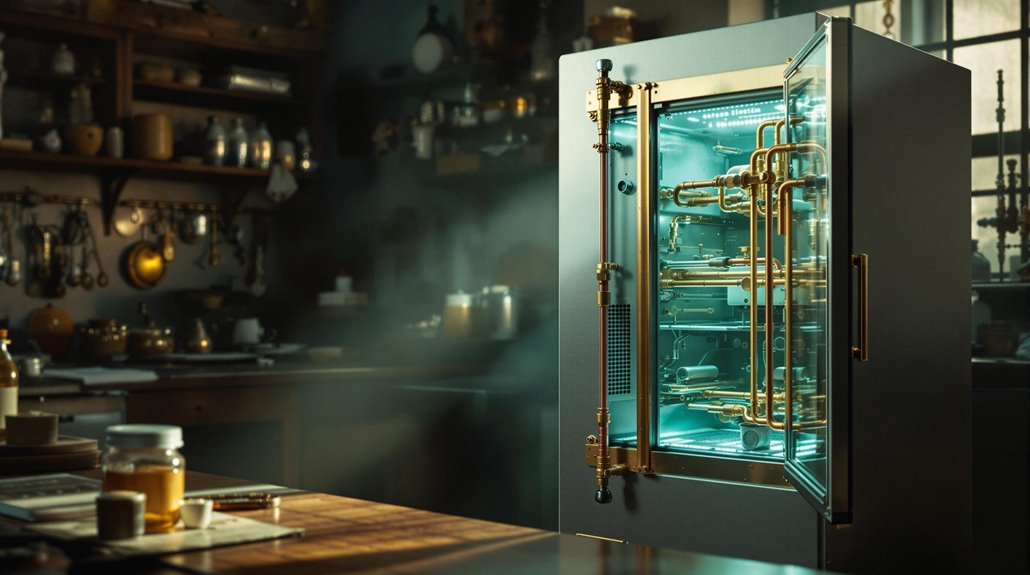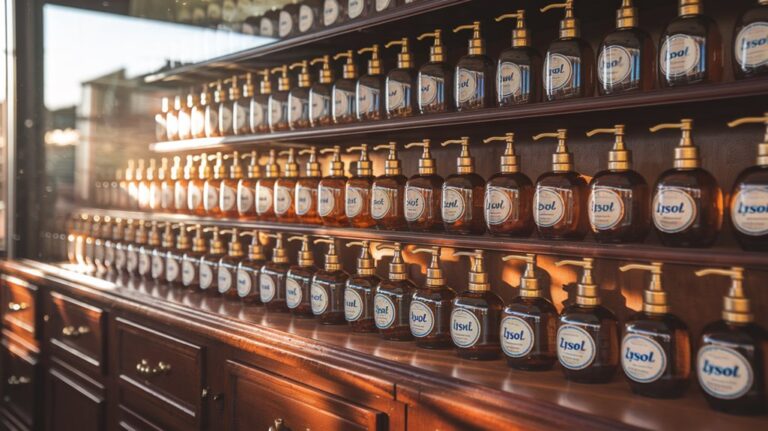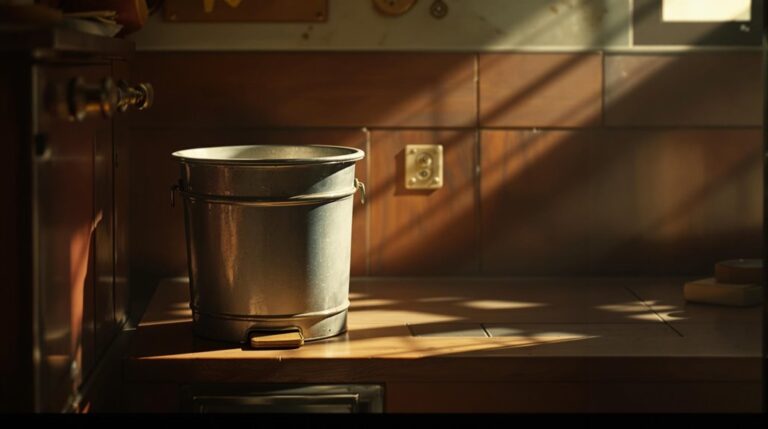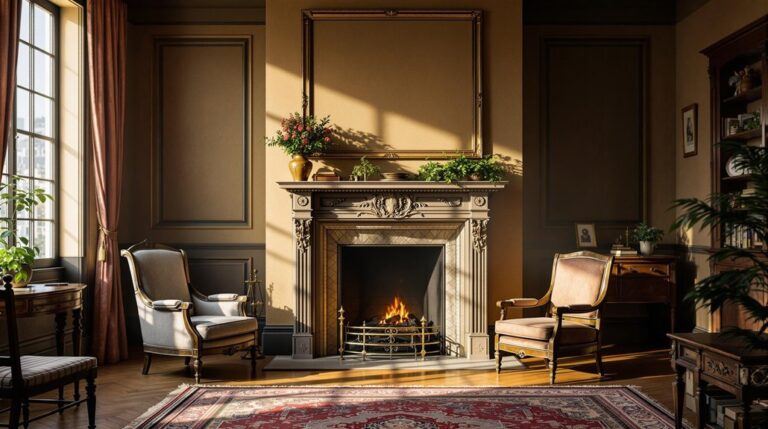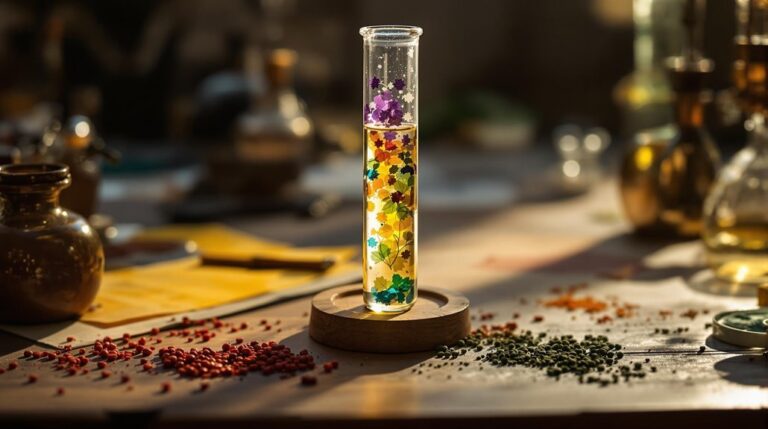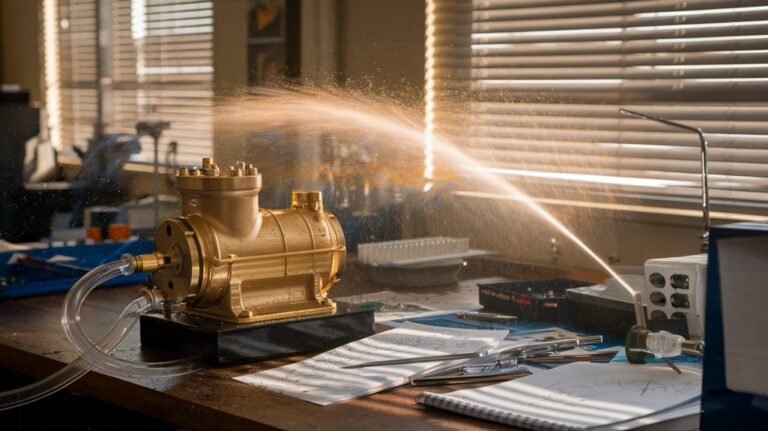Einstein’s Other Invention: A Safer, Greener Fridge
While you might know Einstein as the genius who turned physics upside down with E=mc², you'll be surprised to learn he was also passionate about keeping your milk from spoiling. In 1926, he and fellow physicist Leo Szilard tackled a deadly problem: refrigerators that leaked toxic gases. Their solution? A revolutionary design that needed no electricity and had no moving parts. What inspired this remarkable detour from relativity, and why aren't we all using Einstein's fridge today?
The Unlikely Tale of Einstein's Refrigerator
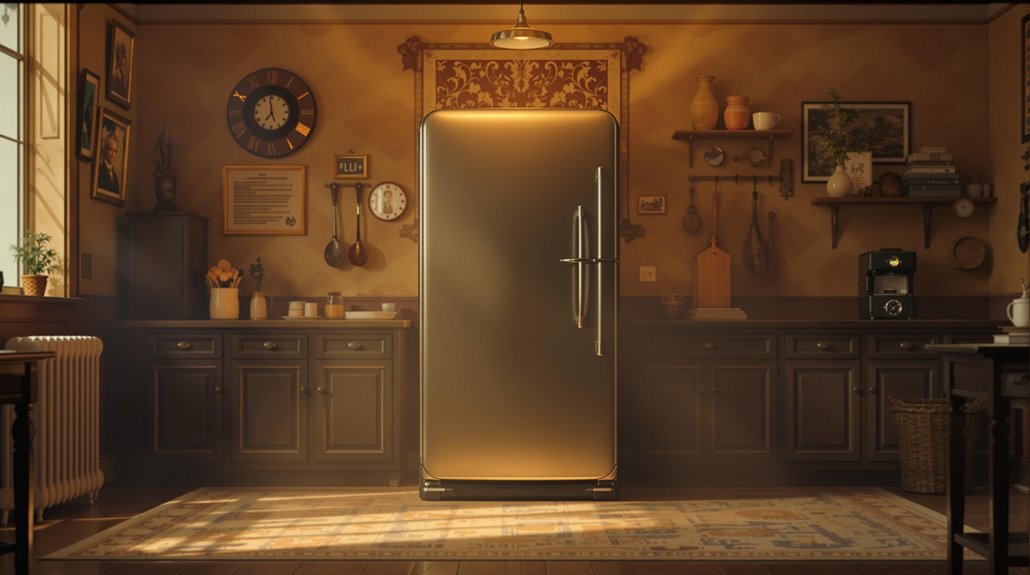
While Albert Einstein is best known for his groundbreaking theories in physics, few people realize he also invented a revolutionary refrigerator. His journey into unconventional cooling began in 1926 when he partnered with physicist Leo Szilard after learning about a Berlin family's tragic death from toxic refrigerator fumes.
Drawing from his patent office experience, Einstein helped secure 45 patents across six countries for their innovative design. The historical significance of their collaboration lies in their shared vision: creating a safer refrigerator without moving parts. The design was revolutionary because it utilized a heat source to pressurize gas naturally through interconnected circuits. Leo Szilárd was credited with doing most of the inventing work.
Their prototype, tested at Berlin's A.E.G. Research Institute, successfully achieved continuous operation in 1931. Though the Great Depression ultimately halted commercial production, they sold their patents to AB Electrolux.
Today, their eco-friendly design has found renewed interest, particularly for rural areas lacking electricity.
A Mission for Safer Home Cooling
Einstein and Szilàrd's pursuit of a safer refrigerator stemmed from a stark reality in the 1920s: home cooling systems were killing people.
You wouldn't think twice about your refrigerator's safety today, but early home technology relied on deadly chemicals like methyl chloride, ammonia, and sulfur dioxide for cooling.
When these poorly sealed systems leaked, they released toxic fumes that could prove fatal – as tragically demonstrated by a Berlin family's death from their malfunctioning refrigerator.
Similar to how modern geothermal heat pumps provide efficient cooling through natural processes, this crisis spurred Einstein and Szilàrd to develop safer alternatives.
Their innovative design eliminated the need for mechanical compressors and volatile chemicals, relying instead on heat to naturally pressurize gas within sealed circuits.
With no moving parts to wear down, their refrigerator promised both safety and longevity, potentially lasting up to 100 years.
Engineering Without Moving Parts
Beneath the elegant simplicity of Einstein and Szilàrd's refrigerator design lies an ingenious engineering feat that eliminates mechanical parts entirely.
Their invention achieves thermal efficiency through passive cooling, using only heat and pressure to create a continuous cooling cycle. You'll find no compressors, motors, or moving components that could wear out over time. The design was inspired by a tragic incident where toxic fume leaks caused a family's death. The system employs unique materials like polyethylene aerogel that provide superior insulation while allowing heat to escape.
- Operates solely on heat input while maintaining constant pressure
- Achieves cooling through absorption processes and low-pressure boiling
- Uses radiative cooling to release heat into space while blocking solar gain
- Can function for up to a century due to its minimalist design
This breakthrough in engineering demonstrates how you can achieve powerful cooling effects without complex machinery.
The design's durability and reliability make it particularly valuable for regions where maintenance and repairs might be challenging.
From Patent Office to Patent Holder
During his seven-year tenure at the Swiss Patent Office, a young Albert Einstein evolved from reviewing others' innovations to becoming a prolific inventor himself.
The job, which he called his "worldly cloister," helped him develop the innovative thinking skills that would shape his future career.
You might be surprised to learn that Einstein's deep understanding of the patent process led him to file more than 50 patents without the help of attorneys.
His inventions weren't limited to theoretical physics – they included practical devices like cameras and refrigerators.
One of his most significant inventions was inspired by a tragic refrigerator accident that motivated him to develop safer cooling technologies.
He'd often sell the patent rights to companies like Electrolux to fund his research.
His revolutionary refrigerator design operated with no moving parts and eliminated the need for toxic gases.
Einstein's time as a patent examiner proved invaluable, as he transformed from someone who evaluated inventions to someone who created them, driven by what he called "divine curiosity" and the "play instinct."
Why the Design Never Made It to Market
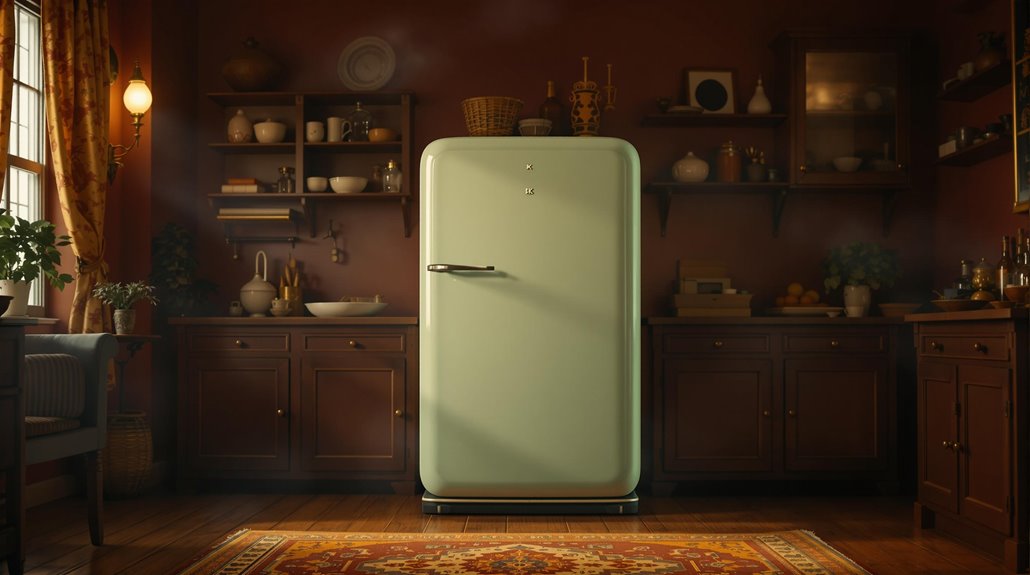
Despite promising safety features, Einstein's refrigerator design faced a perfect storm of obstacles that blocked its path to commercialization.
The market viability suffered from both external economic pressures and technological limitations, ultimately leading to its demise.
You'll find that the timing couldn't have been worse – the Great Depression dried up funding just as conventional refrigerators were improving, while the introduction of Freon made existing options more appealing.
The design's unique no moving parts construction would have made maintenance easier, but it wasn't enough to overcome other limitations.
- Political turmoil in Nazi Germany forced Einstein and Szilard to flee, disrupting development
- The prototype's efficiency peaked at only 26%, falling short of commercial requirements
- Noisy electromagnetic pumps and high operating temperatures posed significant challenges
- Market competition intensified as Electrolux bought up patents and Freon emerged as a safer alternative
Modern Revival and Future Potential
After decades of dormancy, Einstein's refrigerator design has found new life through modern research initiatives, with Oxford University's Energy and Power Group leading a notable revival in 2008. Under Malcolm McCulloch's leadership, the team aimed to quadruple the efficiency of the original Einstein-Szilàrd design, focusing on sustainable cooling solutions for rural areas without electricity.
You'll find the project's environmental benefits particularly compelling: it requires no electricity, produces zero greenhouse gas emissions, and eliminates the need for harmful refrigerants. The system cleverly uses butane as refrigerant to achieve its cooling effect.

